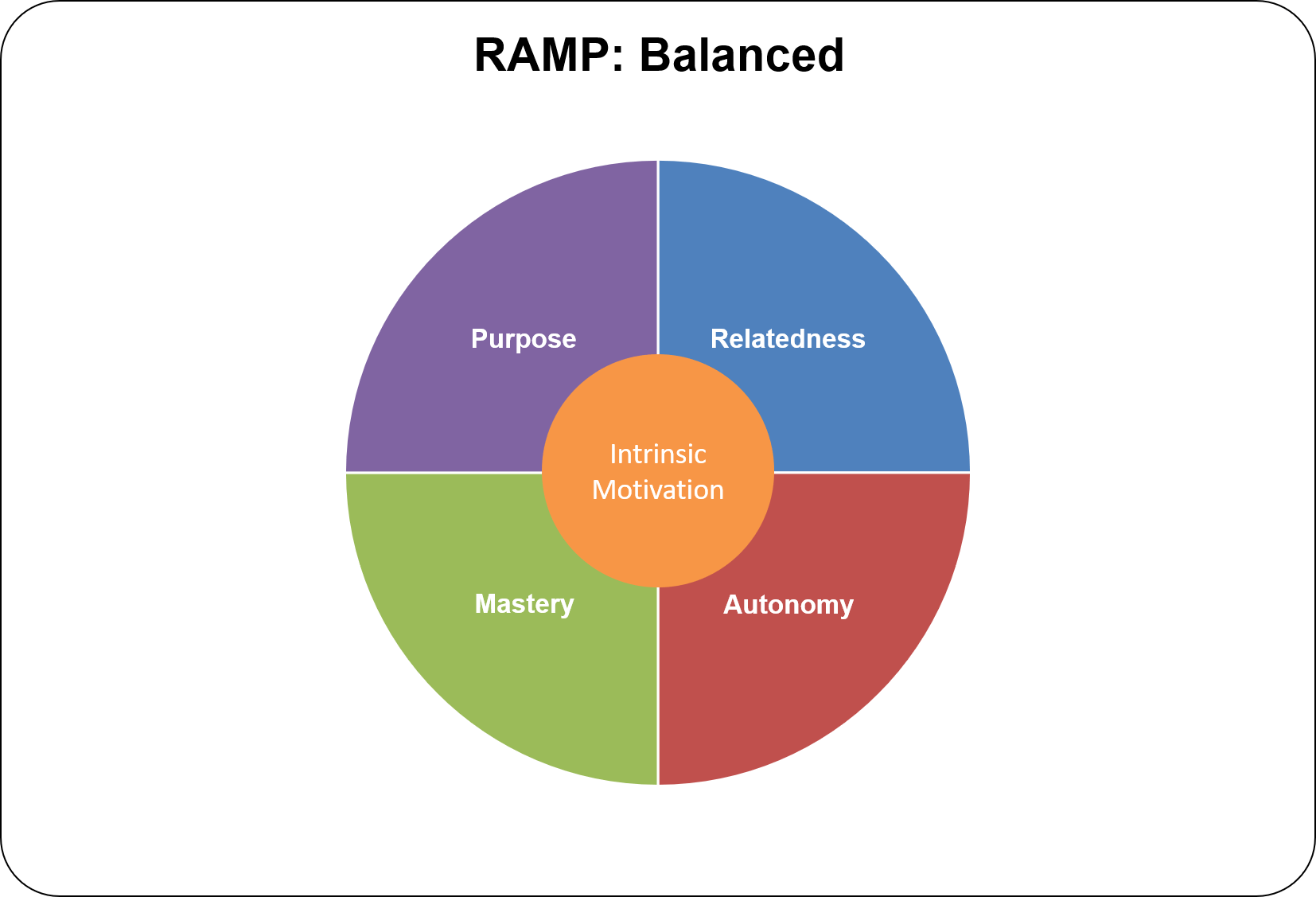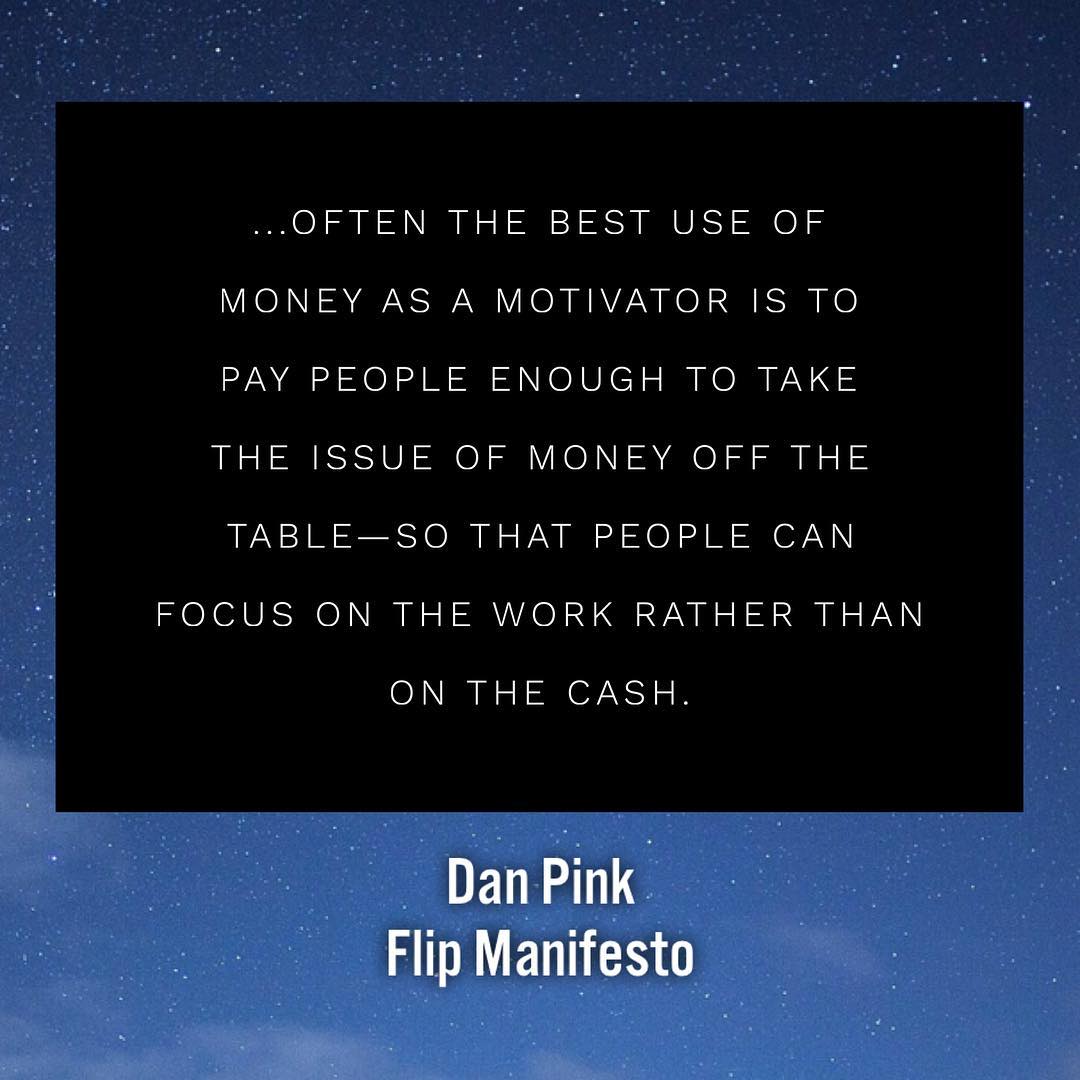Warning, this is one of my longest blogs ever!
Now we know a bit about what games, gamification and game-based solutions are (and are not), it’s time to start to consider some of the non-game related topics you need to understand to be good at building game-based solutions. The first of these is motivation.
In gamification we tend to look at motivation in varying depths, starting from a very simple perspective with just two options. Intrinsic motivation or extrinsic motivation.
The most basic way to look at this is that activities that are intrinsically motivating are those that people will do because they want to or appreciate the benefits of doing them. Activities that require rewards, extrinsic motivation, people do because there is a reward, not because they want to do it. It is not quite as black and white as that, but it is a good starting point – read on!





